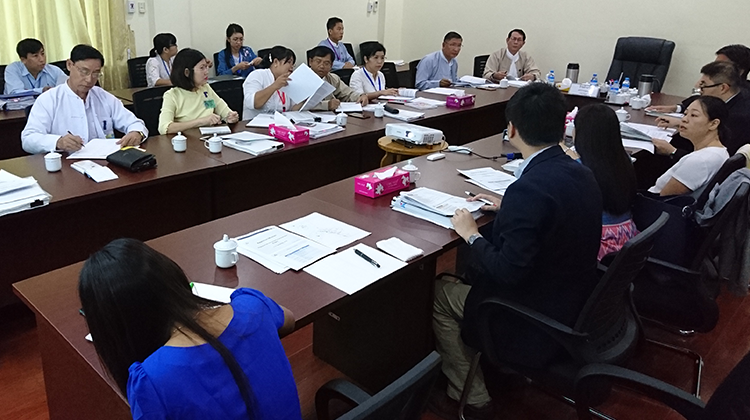
Menu
Menu

The Republic of the Union of Myanmar has put large efforts on national reconciliation under the economic development policies to strengthen “democratization”, “peacemaking”, and “economic development”. The Myanmar government has been developing infrastructure to overcome important issues, such as reduction of regional disparity and poverty, and to achieve balanced development across states and regions that should contribute to national reconciliation. This project aimed for reducing the disparity which is occurring on the other side of economic development in Myanmar and improving the quality of living, and preparing the infrastructure development plan for roads, bridges, electricity, and water supply. The survey was conducted in seven states and seven regions except for the border areas due to safety reasons. Several sub-projects have already been completed with some infrastructure installed or constructed, and they contributed to the reduction of regional disparity. Many efforts including government meetings, village/town community meetings and interviews were made to collect valuable information and data so that effective and fair evaluation could be made for the selection of infrastructure packages to complete the shortlist. There was a high demand of balanced analysis and evaluation of infrastructure during the survey while the Myanmar government considered political impact to the regions where the minority live.
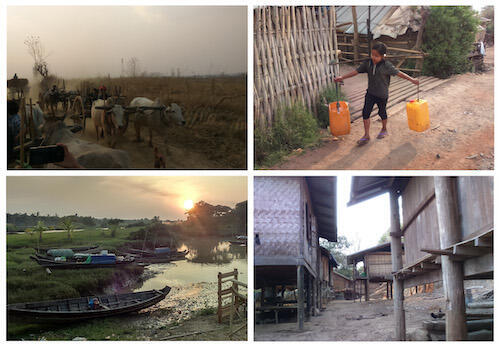
Dirt road (upper left); Village girl delivering water (upper right); Boat as main transport (lower left); Non-electrified village (lower right)
Evaluation of infrastructure should be done fairly during the project planning under Japanese Official Development Assistance (ODA), while each country has unique development in which even investment cannot be made between regions and areas. The living standard of areas which are difficult to develop remained low and the regional gap of economy and social service was widening between these areas and urbanized areas. Especially in the ODA project of limited budget, it was necessary to select the effective sites and infrastructure. In particular, we surveyed all sites that the Myanmar government listed, and selected the infrastructure based on the evaluation criteria set by the Myanmar government's Joint Coordination Meeting for the project. The criteria has been set with multiple basis of potential of economic benefit, demand and urgency of infrastructure development, consistency to the national development policy and development feasibility. Development priority set by the government was a major item to review for evaluation of policy consistency, and gaps between community demand and actual infrastructure development in the target areas was reviewed to analyze the development demand and urgency. These data collection and evaluation were made through government meetings, interviews, and community meetings for appropriate evaluation results. It was important and challenging to prepare evaluation criteria that is fair and understandable for everyone.
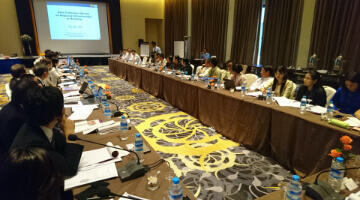
Central government coordination meeting (Reviewing evaluation criteria)
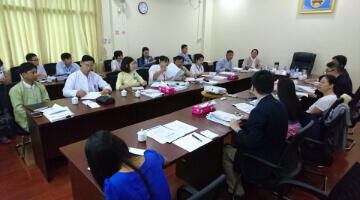
Government meeting for infrastructure selection
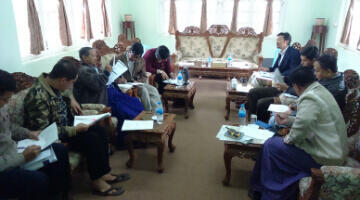
Regional government meeting (Understanding O&M status of the region)
For the survey on infrastructure development, it was necessary to formulate the plans on infrastructure but also to estimate and demonstrate the long-term maintenance plan, economic development in regions, and the changes in people’s living, and finalize the overall plan from a long-term perspective. For evaluating the central and local governments’ maintenance ability, we were required to understand the organizational and system structure of related government organizations through discussion with governmental officials. In addition to quantitative analysis, it was also important to qualitatively imagine “the future economy, industry, and social services in the regions” by interviewing the local people. Based on the Sustainable Development Goals, we conducted the survey under the consideration of the policy for resolving environmental issues and social issues about women and children. Through the development of infrastructure, we accomplished the reduction of poverty and regional disparity in regional areas in Myanmar, and conducted continuous activities for realizing better and sustainable living.
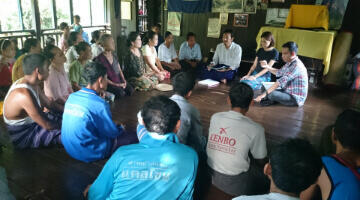
Needs and demand recognition in a community meeting
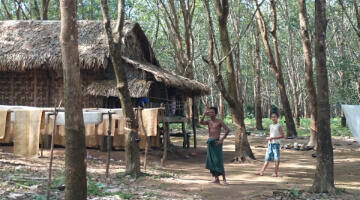
Condition of farmers' living in rural area (Employed farmer of rubber plantation)
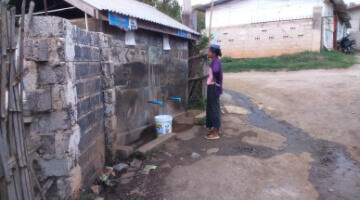
Installed water supply facility in a rural village
Project Details